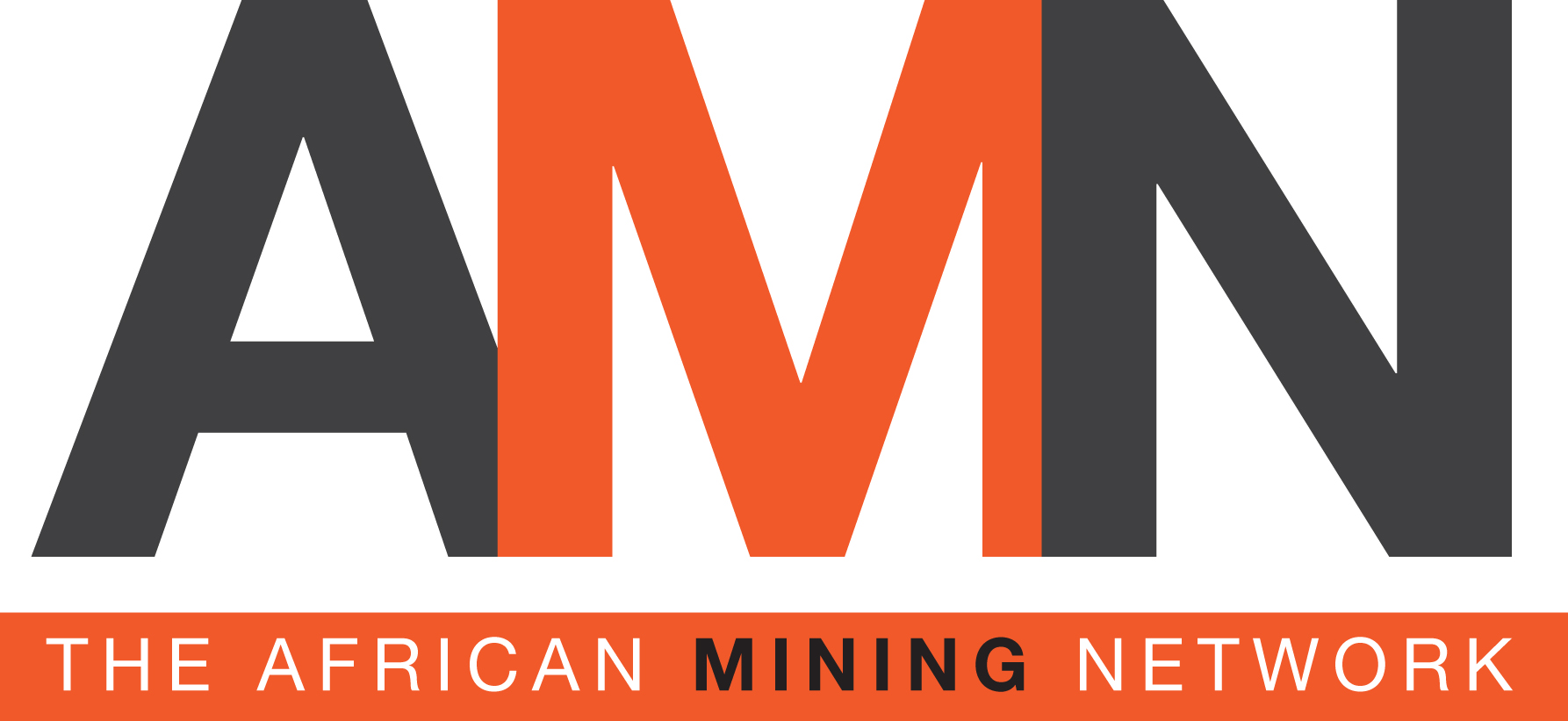- Yolanda Torrisi
- +61 412 261 870
- yolanda@yolandatorrisi.com
- Nina van Wyk
- +27 82 926 3882
- nina@africanminingnetwork.com
The mining industry risks wasting millions of dollars if greater scrutiny is not placed on its energy use, according to global non-profit Rocky Mountain Institute-Carbon War Room (RMI-CWR), the goal of which is to accelerate adoption of business solutions that reduce CO2 emissions at gigaton scale and advance the low-carbon economy.
Alastaire Dick, the Operations Lead for Sunshine for Mines, an initiative of RMI-CWR, urged the industry to place a higher value on renewables after research revealed energy use in gold mines in particular accounted, on average, for a whopping 22% of overall operational costs.
He will challenge mining experts to think about how mines can generate 100% of their power from renewables at the International Mining and Resources Conference (IMARC) in Melbourne later this year.
“If mine operators are serious about streamlining costs they need to give close consideration to the potential benefits of incorporating renewable energy solutions and to think about integrating renewables into the planning and execution of mining operations,” Alastaire Dick said.
“The benefits of adopting renewable energy solutions go well beyond operational cost savings for the mine itself, they extend to maximising shareholder value, environmental outcomes and achieving positive social outcomes.”
While it’s not an easily completed task, nor one that happens overnight, Alistaire Dick said understanding where you were using energy and why you were using it was the first step in the process.
“Operators need to form an energy security plan around their energy use and identify the associated risks that occur along each step of the process, whether that’s relating to transport, fuel, logistics or community engagement,” he said.
“By understanding where your energy and money is being spent, you can better highlight the opportunities to potentially incorporate renewable energy solutions and realise cost savings.
“Capitalising on your geographic location is a good place to start – consider whether you have good access to water, sun or wind.
“Then consider how these natural assets can fuel your energy needs.”
Alistaire Dick said various renewable energy options had differing economic benefits for the local community.
“Energy options including solar photovoltaics are self-sustaining, so they won’t generate local jobs. However, options like biomass and biogas energy, stemming from agriculture, forestry and waste, require the maintenance of crops and can have a positive impact on generating growth in local communities,” he said.
“There are plenty of options for people to consider at the moment, but the industry is failing to think outside the box, which is proving to be detrimental to their own pockets and their communities.”
IMARC 2016 will unite the global mining industry in Australia, bringing together more than 2500 delegates from all aspects of the mining value chain worldwide.
For the first time, this year’s conference will feature a Future Energy and Finance program which not only looks at the potential benefits of alternative energy sources for mining but will also identify potential investment opportunities within the energy space.
IMARC 2016 will be held at the Melbourne Convention and Exhibition Centre from 7–10 November.
For more information contact: International Mining and Resources Conference; phone: +61 3 9021 2031; email: info@imarcmelbourne.com or follow the link http://www.imarcmelbourne.com/

